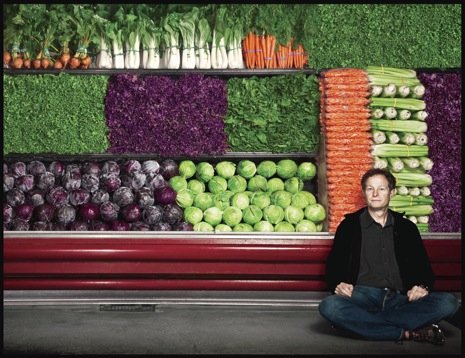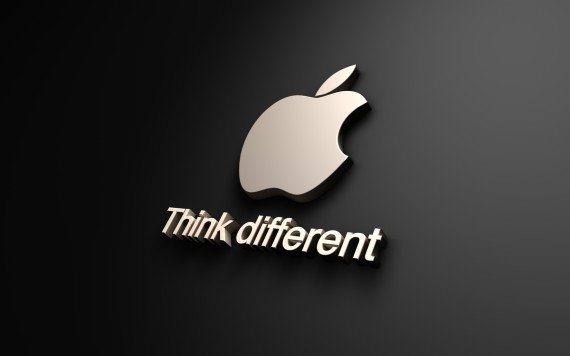
I haven’t had a chance to read Wisdom of Crowds yet by James Surowiecki but an article in Building43.com was very interesting. It shows that collectively a crowd/group’s mind is better than your own when trying to solve a problem or answer a question. Check this out…
“In 2007, Michael Mauboussin presented a big jar of jelly beans to his 73 Columbia Business School students. How many beans did they think it contained? Guesses ranged from 250 to 4,100; the actual number was 1,116. The average error was 700 — a massive 62 percent — demonstrating that the students were awful estimators. Now here comes the weird part. Even with all these wildly incorrect guesses, the average guess was 1,151 — just 3 percent off the mark. Not only that, only 2 of the 73 students guessed better than this group average. So, although individually everyone was woefully inaccurate, collectively the group was incredibly accurate. Was this a fluke? Hardly. The experiment was made famous in 1987 by Jack Treynor. In his case, it was 850 jelly beans and 56 students. The group estimate was 2.5 percent off; only one student guessed better. The study has been repeated many times since with similar results.”





